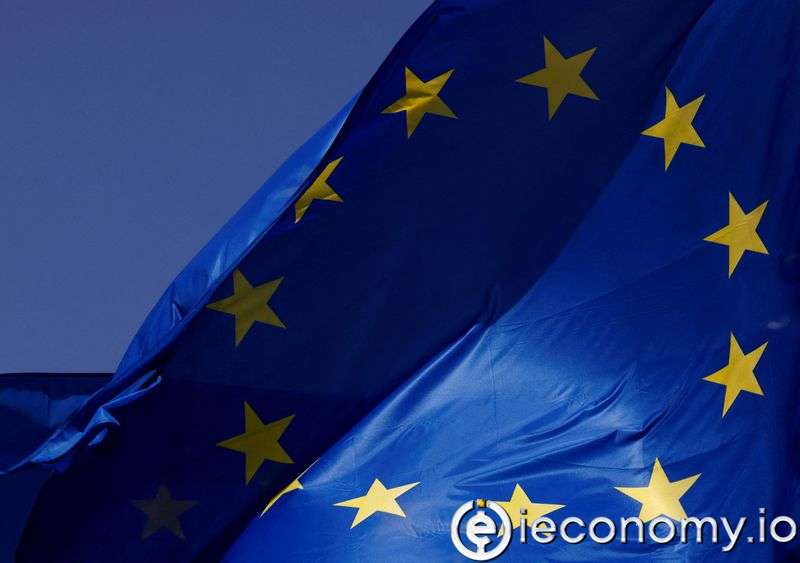4472
0
EU Cuts Eurozone Growth Forecasts
The EU executive forecasts the 19-nation currency bloc will grow by 2.6% this year, slightly below the 2.7% it forecast in May.

Yazar: Charles Porter
Yayınlanma: 15 Temmuz 2022 06:27
Güncellenme: 13 Aralık 2025 07:44
EU Cuts Eurozone Growth Forecasts
The European Commission on Thursday cut its economic growth forecasts for this year and next in the euro zone and revised upward its inflation forecasts, largely driven by the war in Ukraine.
The EU executive forecasts the 19-nation currency bloc will grow by 2.6% this year, slightly below the 2.7% it forecast in May. But next year, when the impact of the Ukraine war and high energy prices could be felt even more acutely, growth is now forecast at 1.4% instead of the 2.3% previously forecast. "There is the possibility of a storm, but we are not at that point now," EU Economy Commissioner Paolo Gentiloni said, adding that the euro's fall to parity against the dollar was a major concern for emerging economies rather than the eurozone because the euro has appreciated against other major currencies. The growth forecast for the 27-country European Union was left unchanged at 2.7% this year, but revised down from 2.3% to 1.5% in 2023. Significantly, the Commission also raised its forecasts for euro area inflation, which is expected to peak at 7.6% this year and fall to 4.0% in 2023. In May, the Commission had forecast prices in the euro area to rise by 6.1% this year and 2.7% in 2023. Brussels warned that headline inflation could rise further if gas prices rise due to Russian supply cuts, leading to a further downward revision of growth. The risks to the outlook from a resurgence of the COVID-19 pandemic cannot be ruled out, the Commission said. Despite these high risks, the Commission underlined that the Eurozone is not expected to enter recession and that forecasts could also improve if recent falls in oil and commodity prices continue. Thanks to a strong labor market with historically low unemployment rates, private consumption could also be more resilient to rising prices if households make more use of their accumulated savings, the Commission said.İLGİLİ HABERLER





European stocks soared and focus shifted to German retail sales after Powell's speech!

Forex Signal For TRY/USD: Inflation Slowdown in November.

Forex Signal For GBP/USD: Bullish Trend Still Not Breaking While Recovery Continues.

Forex Signal For EUR/USD: Starry US Data Points to Higher Fed Increases.

Forex Signal For BTC/USD: Downside Continues as Bitcoin Recovery Moves Less.
En Popüler Haberler
Yorum Yap
Yorumlar
Henüz yorum yapan yok! İlk yorumu siz yapın...